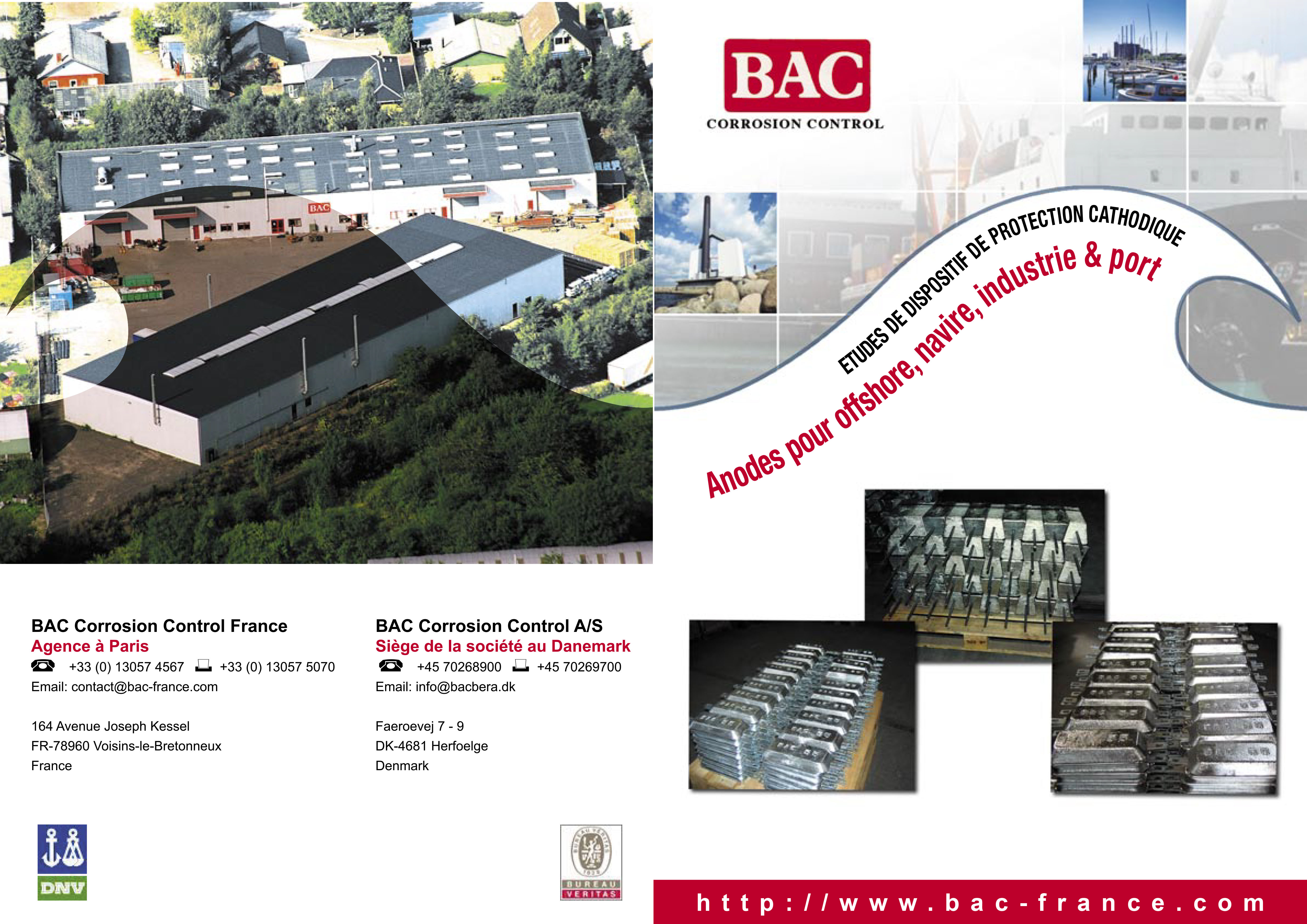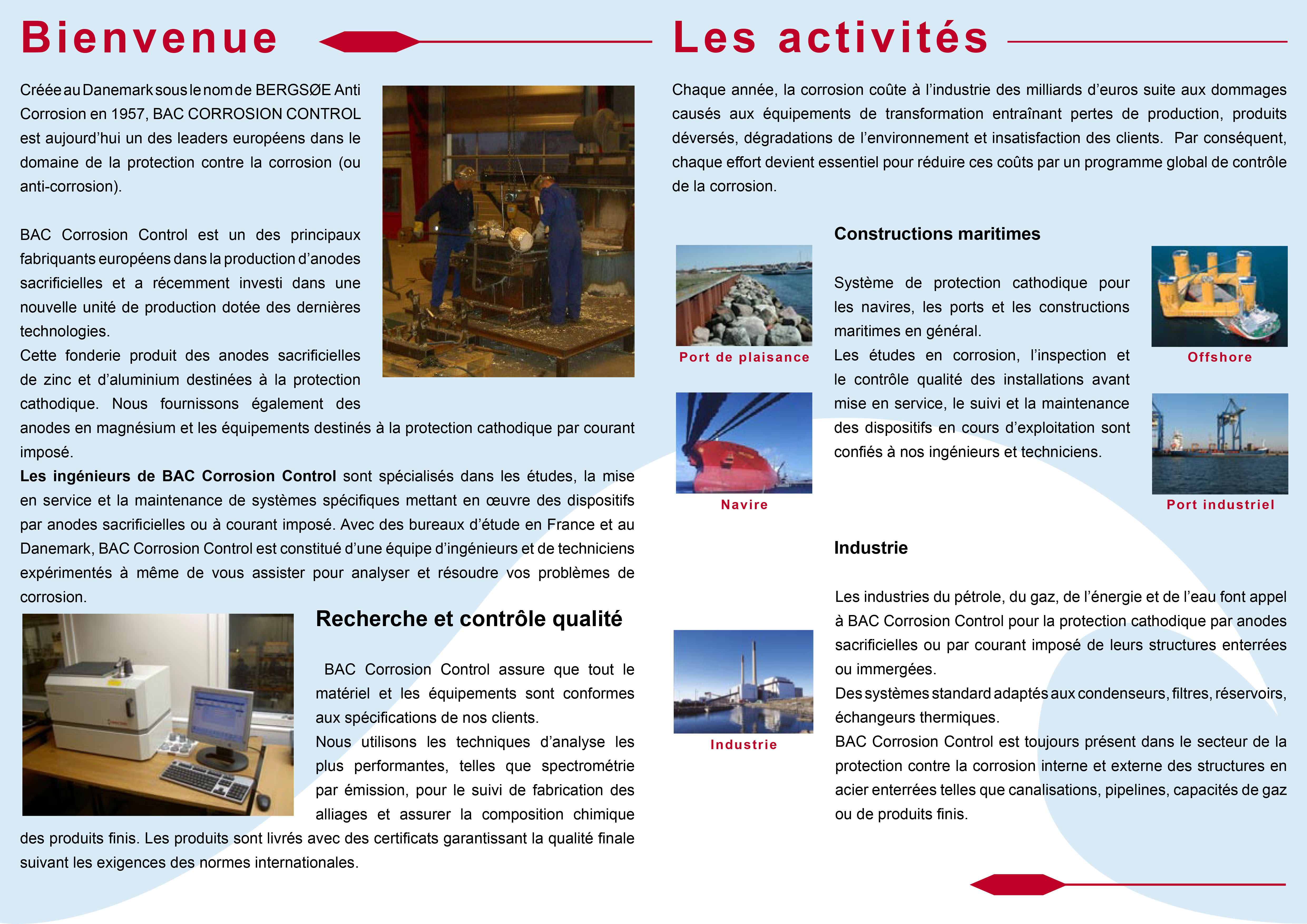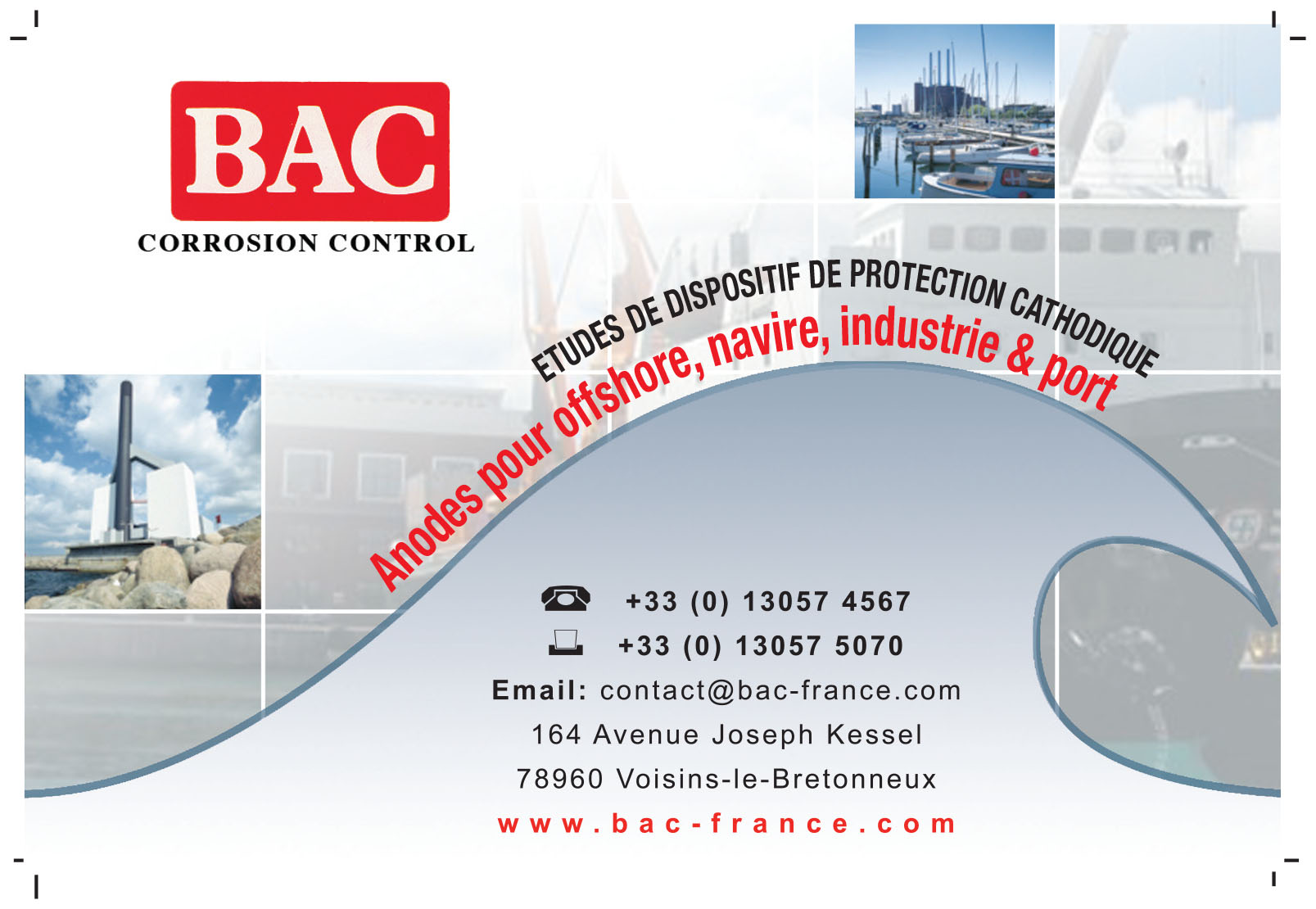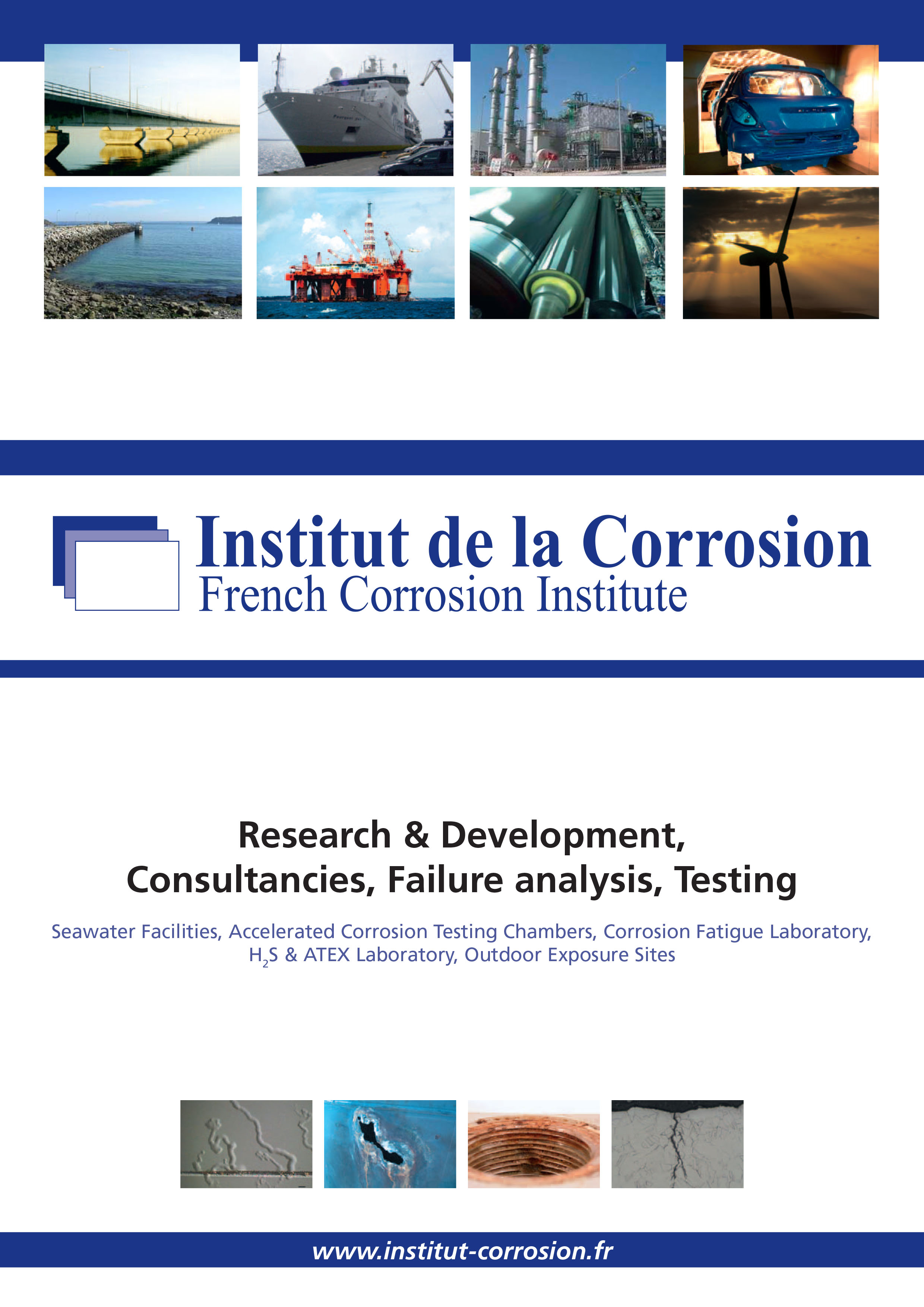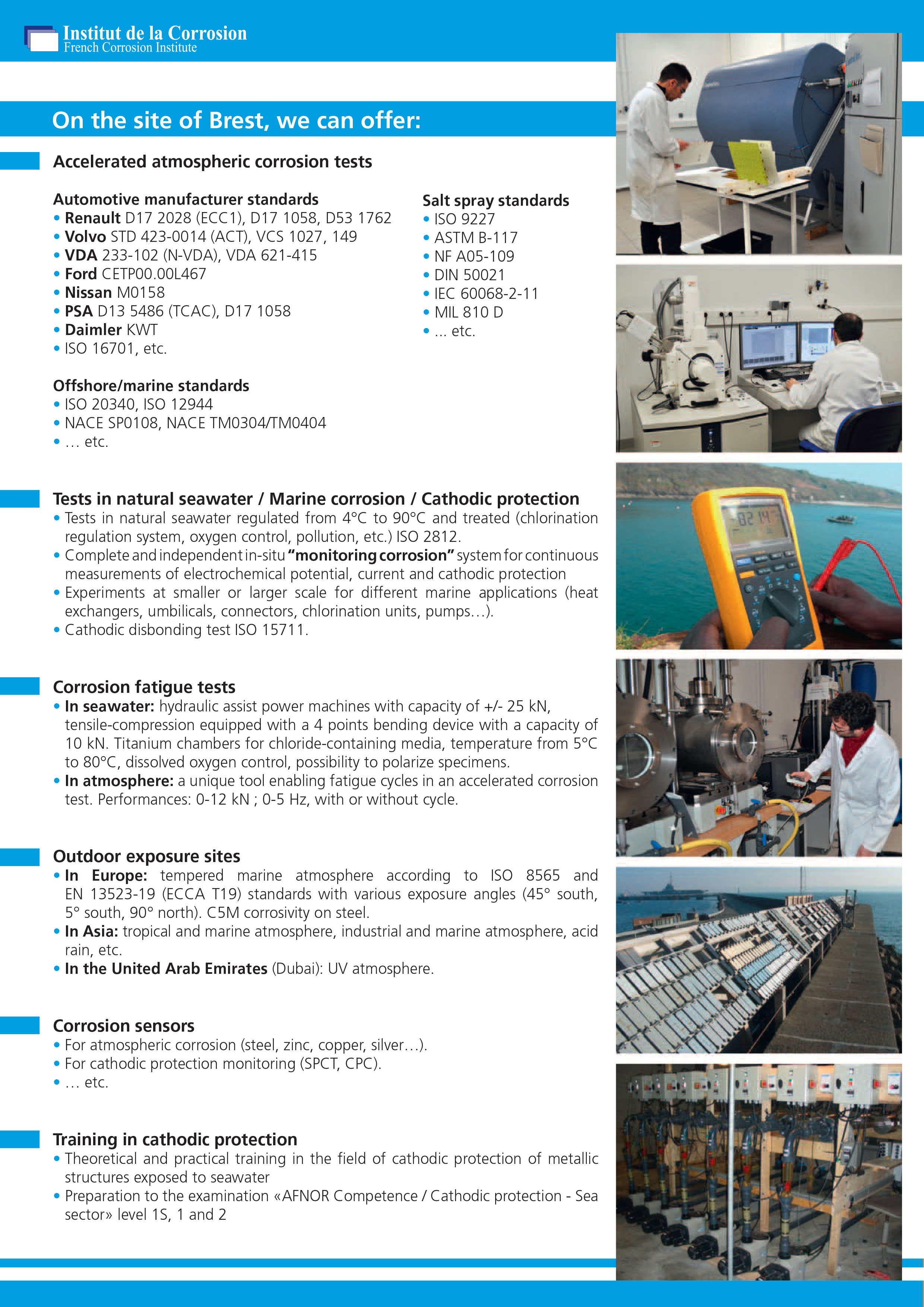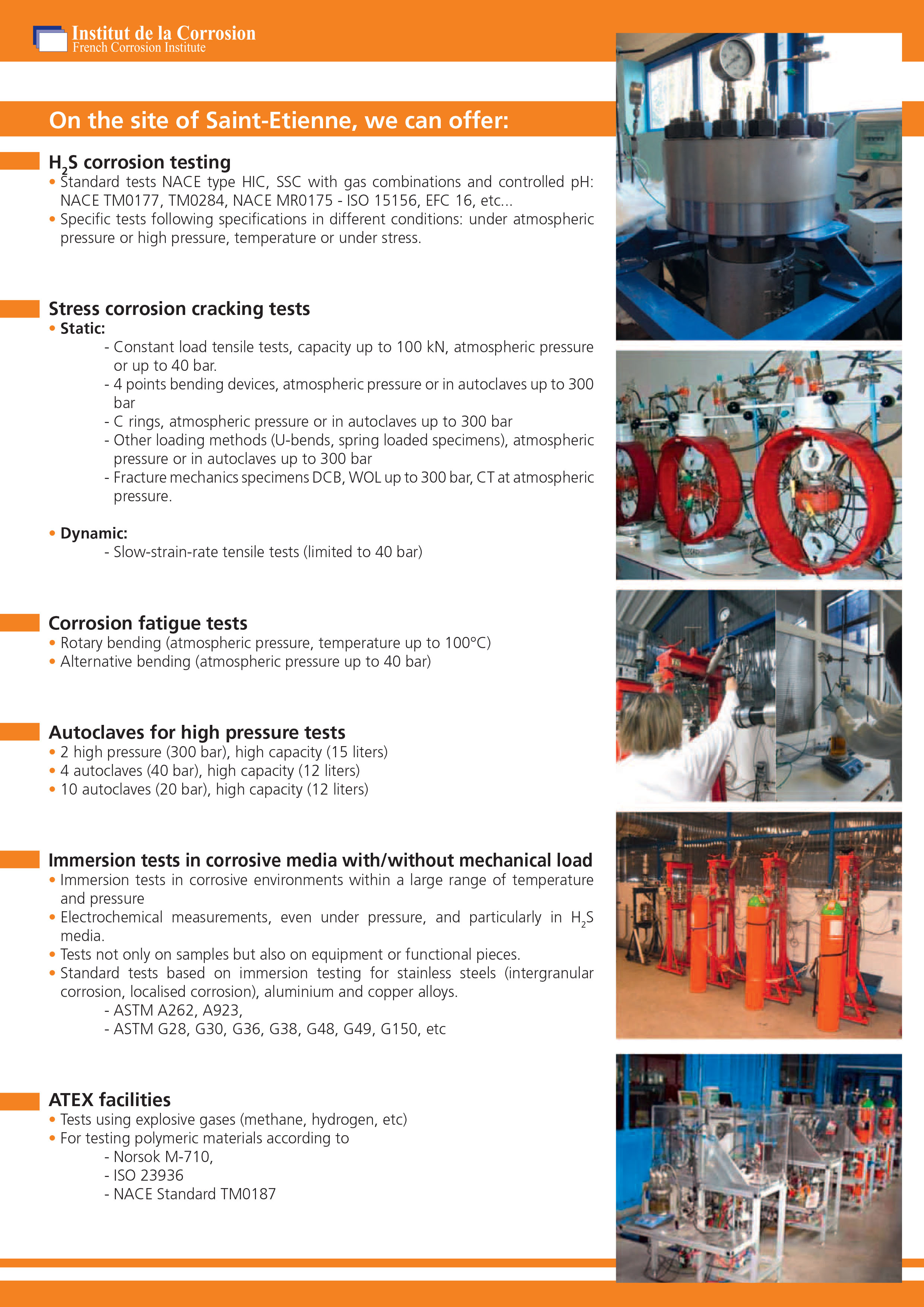Cathodic protection applies to the zones where the rebars are depassivated, i.e. corroded, generally after the diffusion of chloride ions possibly accompanied by a pH fall that is normally very alkaline. The anodes are installed on concrete in these zones. They are either galvanic anodes, or anodes for a protection by impressed current.
In the case of a protection by galvanic anode, the size of the protected area depends on the concrete resistivity and geometrical factors. For a protection by impressed current, the value of the current density that needs to be taken into account during the design, depends especially on the concrete resistivity.
The galvanic anodes are generally made of zinc or aluminium alloys. For cathodic protection by impressed current, we use titanium mesh with a surface covered with rare metals oxides (titanium / MMO), with conductive painting, with carbon mesh in the form of conductive fibres or other conductive materials. In order to guarantee a good continuity of moisture between concrete and the anode, this last one is either coated with concrete (or mortar) with a sufficient thickness, or covered with a waterproof coating that limits evaporation.


